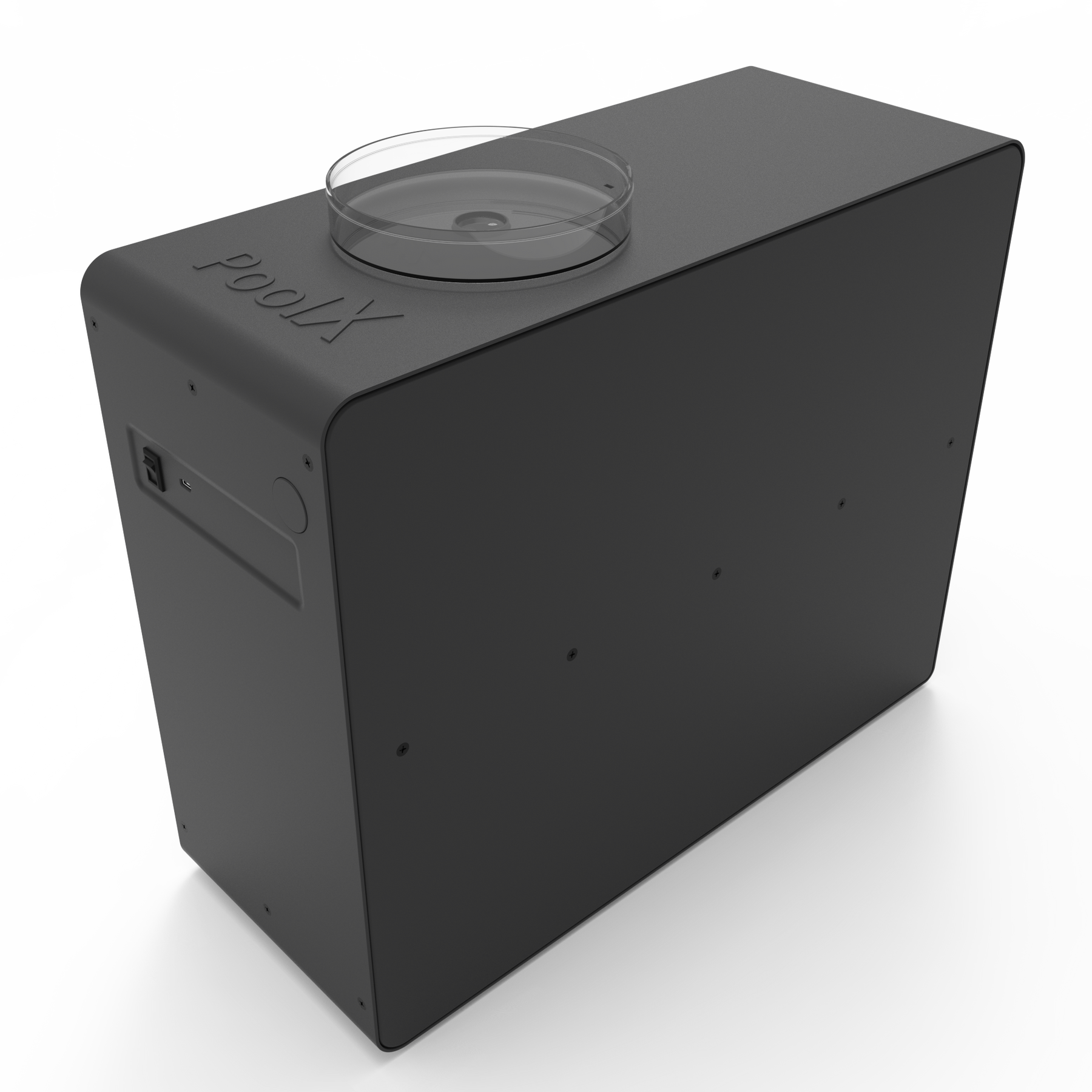If you’re a homeowner with a swimming pool, one of the essential pieces of equipment you’ll need is a pool pump. The pool pump plays a vital role in maintaining the cleanliness and circulation of the water in your pool. Choosing the right size pool pump can make a significant difference in the efficiency and longevity of your pool system. So, let’s dive into the topic and provide you with all the necessary details about what size pool pump you need.

Understanding the Importance of a Pool Pump
A pool pump ensures that water circulates through the filter, removing debris and preventing stagnation. It also helps distribute chemicals evenly, keeping your pool water safe and clean. Without an adequately sized pool pump, your pool water could become cloudy and unsafe for swimming.

How to Calculate the Correct Pool Pump Size
Step 1: Calculate the Volume of Your Pool
The first step in determining the right size pool pump is to calculate the volume of your pool. This involves measuring the length, width, and average depth of your pool. You can use this formula to estimate the volume in gallons:
Volume (in gallons) = Length x Width x Average Depth x 7.5
For example, if your pool is 30 feet long, 15 feet wide, and has an average depth of 5 feet, the volume would be:
30 x 15 x 5 x 7.5 = 16,875 gallons
Step 2: Determine the Turnover Rate
The turnover rate refers to how long it takes for the pump to circulate the entire volume of the pool water. Most pools require a turnover of 8 to 12 hours. For residential pools, a common practice is to aim for a turnover rate of 8 hours.
Using the example above, if your pool has a volume of 16,875 gallons, you would need a pump that can circulate that amount of water in 8 hours:
Flow Rate (in gallons per minute) = Total Volume / Turnover Rate (in minutes)
16,875 gallons / 480 minutes (8 hours) = 35.16 GPM (gallons per minute)
Step 3: Account for Resistance
Pool systems have resistance, also known as head loss, which is caused by pipes, filters, heaters, and other equipment. It’s essential to account for resistance when choosing your pool pump size. A typical residential pool system may have a total dynamic head (TDH) of 50 to 70 feet.

Types of Pool Pumps
Single-Speed Pool Pumps
Single-speed pool pumps are the most basic and affordable option. They operate at one constant speed, which can be less energy-efficient compared to other types.
Dual-Speed Pool Pumps
Dual-speed pool pumps offer two operating speeds: low and high. This flexibility can help save energy and reduce operating costs.
Variable-Speed Pool Pumps
Variable-speed pool pumps are the most energy-efficient option. They allow you to adjust the speed based on your pool’s needs, resulting in significant energy savings over time.
Energy Efficiency and Cost Savings
Investing in an energy-efficient pool pump can lead to tremendous savings on your electricity bills. Variable-speed pumps, in particular, are known for their energy efficiency and can pay for themselves over time through reduced energy consumption.
Tips for Proper Pool Pump Maintenance
Clean the Pump Basket Regularly
To ensure your pool pump operates efficiently, regularly clean the pump basket to remove debris that may block the flow of water.
Check for Leaks
Inspect your pool pump and plumbing for any leaks. Leaks can decrease the pump’s efficiency and lead to higher energy costs.
Monitor Pump Performance
Pay attention to any changes in the pump’s performance, such as unusual noises or reduced flow. Addressing issues promptly can prevent costly repairs.
The Benefits of Professional Installation
While some homeowners may feel comfortable installing their pool pump, it’s often best to have a professional handle the installation. A professional can ensure that the pump is correctly sized, installed, and aligned for optimal performance.
Common Mistakes to Avoid When Choosing a Pool Pump
Overlooking Pool Size
One common mistake is underestimating the size of your pool when selecting a pump. An undersized pump may struggle to circulate the water effectively, leading to insufficient filtration.
Ignoring Energy Efficiency
Choosing a pump without considering its energy efficiency can lead to higher electricity bills. Opt for energy-efficient models such as variable-speed pumps to save on energy costs.
Neglecting Maintenance
Failing to maintain your pool pump can reduce its lifespan and efficiency. Regular maintenance is crucial for keeping your pump in top condition.
Conclusion
Choosing the right size pool pump is essential for maintaining a clean and safe swimming pool. By understanding your pool’s volume, turnover rate, and resistance, you can determine the appropriate pump size. Additionally, considering energy-efficient options and proper maintenance will ensure that your pool pump operates efficiently for years to come.
For more information on pool design and maintenance, check out pool design, and home repairs.
FAQs
How often should I run my pool pump?
It’s recommended to run your pool pump for at least 8 hours a day to ensure proper circulation and filtration.
Is it worth investing in a variable-speed pool pump?
Yes, variable-speed pool pumps can save you money on energy bills and offer enhanced performance and longevity.
How do I know if my pool pump is the right size?
You can determine the right size by calculating your pools volume, turnover rate, and total dynamic head. Consulting with a pool professional can also help you choose the right pump size.
For additional insights into how investing in your home, pool included, impacts its value, you may findInvestopedia.
As an Amazon Associate, I earn from qualifying purchases.

